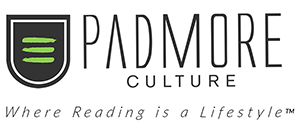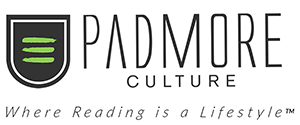News
Q&A with Kevin Henkes

Award-winning, nationally bestselling author Kevin Henkes has fifty (50) critically acclaimed children's books under his belt. Most of them he illustrates with soft colored animal characters, since they are for a younger audience. The rest, which are for early middle school grades, he paints with words.
"The character always comes to me first. But then, the first thing I do is to describe him physically. What color is his/her hair? What kind of clothes do they wear?" Obviously, Henkes is a very visual writer, and his books are a reflection of that ability to blend words and simple stories, sometimes even humor, with colorful and very vivid imagery.
"I grew up loving books, draw, and paint. I remember going thru a car phase, where I would only draw cars. I remember drawing cartoon characters, copying them from the newspapers."

From "Jessica"
He was painting seriously good stuff by the age of 16 years old, like landscapes and watercolor paintings of objects. "I like to think back and wonder if I knew, at some level, that I would be an illustrator."
Maybe his younger self did not knew it yet, but since his interest for drawing never diminished, it made sense that he would embrace a career where his passion lied. He made his decision to illustrate books when he was a Junior in high school. He has been writing and illustrating children’s books for thirty years since then.

From "Chrysanthemum"
"It’s the only real job I’ve ever had. I love sitting alone in a quiet room drawing and painting and writing. I love my job."
And it is a job that he takes very seriously as he explains in a message written for his readers. "Books are often the first exposure to art that children have. Keeping that in mind urges me to make the very best books possible. I know how important the books from my childhood were (and are) to me. Without them, I might not be a writer and artist today."
Most people wonder about his process and how can he be so prolific. Graciously, he has been very candid explaining how he works.
"When I begin a book, for me it starts with the words. I get my ideas down on paper first, long-hand in a lined notebook. And then I type them in a typewriter. I use simple materials, so as long as I can find my typewriter tape, it would be fine" he explained in a recent video blog.

From "Little White Rabbit"
To young budding artists who ask how long it takes for him to do an illustrated book, he answers: "It’s difficult to say how much time I spend on each illustration. I don’t do each illustration from start to finish; I do them in stages. I do sketches for the entire book first. Then I’ll refine all the sketches. Next, I’ll do a finished pencil drawing for each illustration in the book. Inking comes next. At this point, I make several copies of each ink drawing so that I can test different colors before I finally paint each piece. If I change words at this point, it’s usually a matter of taking something out that isn’t necessary any longer. Perhaps I’ve “said” what I want to say in the illustration and don’t need the words any longer."
The process is very different when he writes a novel who do not depend on illustrations. "When writing a novel, I can delve much deeper into a character’s psyche, for example. I can describe a scene at length. And I can deal with subject matter that is more complex than the subject matter of my picture books." Setting a scene—providing proper lighting, the colors and textures of things, sounds—is one of his favorite things about writing a novel.

From "Waiting"
His studio is the remodeled attic on the third floor of the house he shares with his wife and kids. It is a large room filled with books. From the windows, he has a great view of their yard, so he says that when he is working in his studio, he feels as if he is up in the trees.
It is in this happy environment that he gets his daily motivation. And it is in his young readers that he finds inspiration to continue his role of promoting books and reading as a great source of childhood entertainment and creativity.
"Sometimes I’ll hear from a parent about how a book of mine has insinuated itself into the heart of his or her child, or how a phrase from one of my books has become part of the family’s daily jargon. I love that."
He has great recommendations for parents on how to help their children grow as readers, or even writers and artists. "Exposure is everything. Read aloud as often as possible. If your child likes to write or draw, make sure that he/she always has paper available. Encourage children to experiment when it comes to art, and remind them to have fun and not be concerned with creating a masterpiece. If, as adults, we value art and books, our children will, too."
-----
-----
Comments
 USD
USD EUR
EUR



